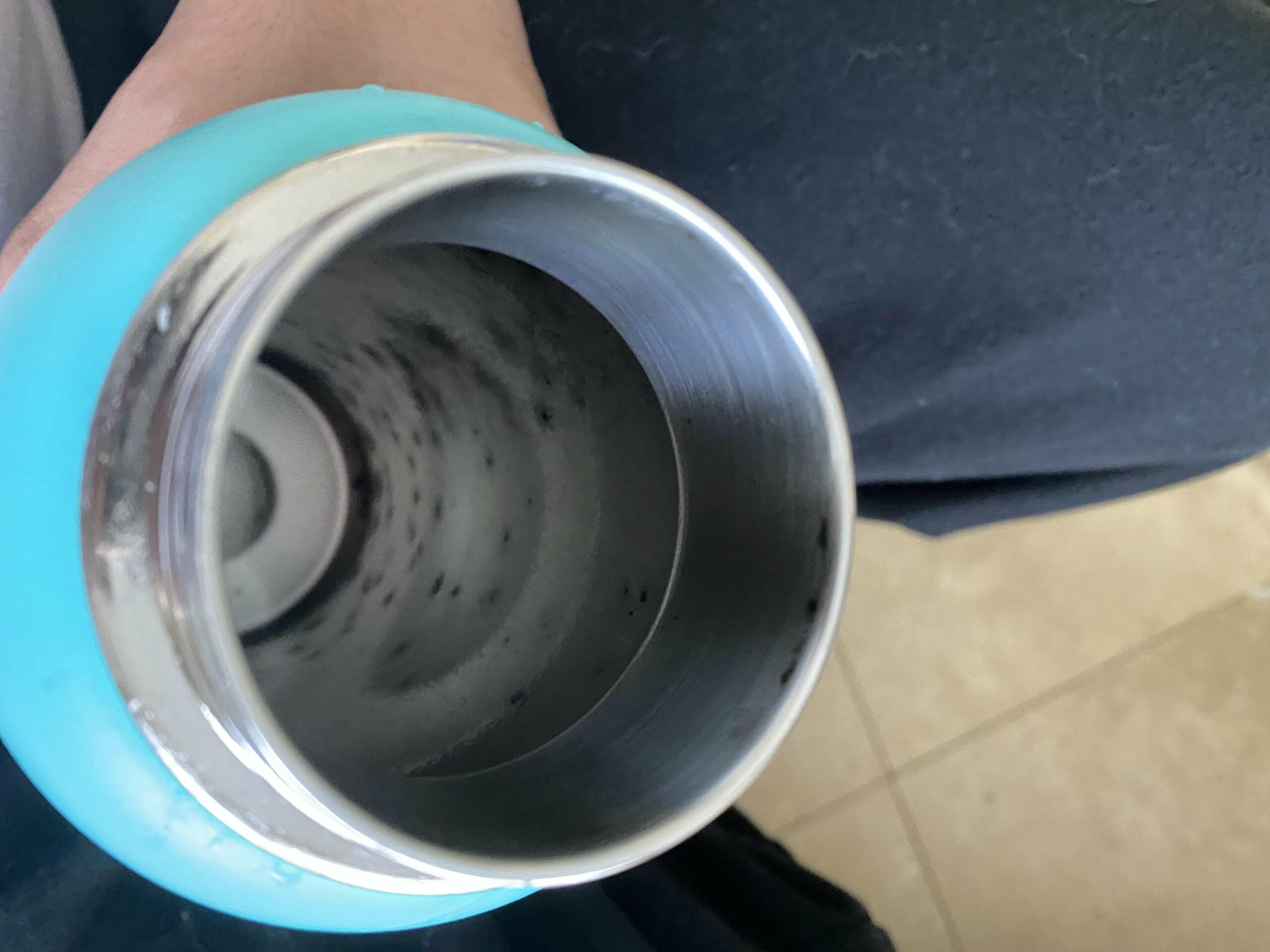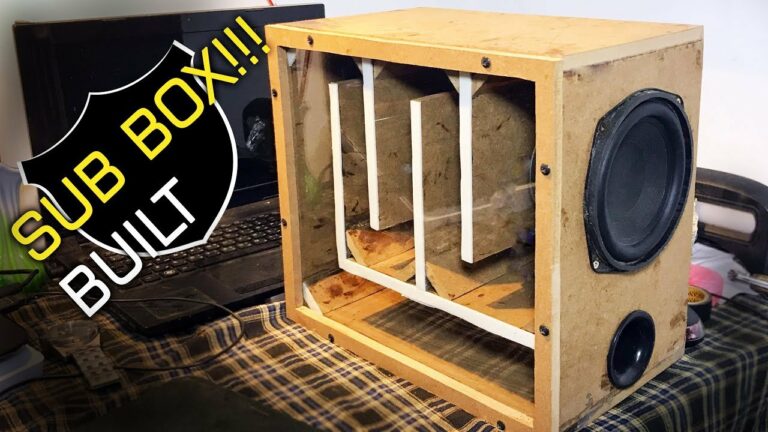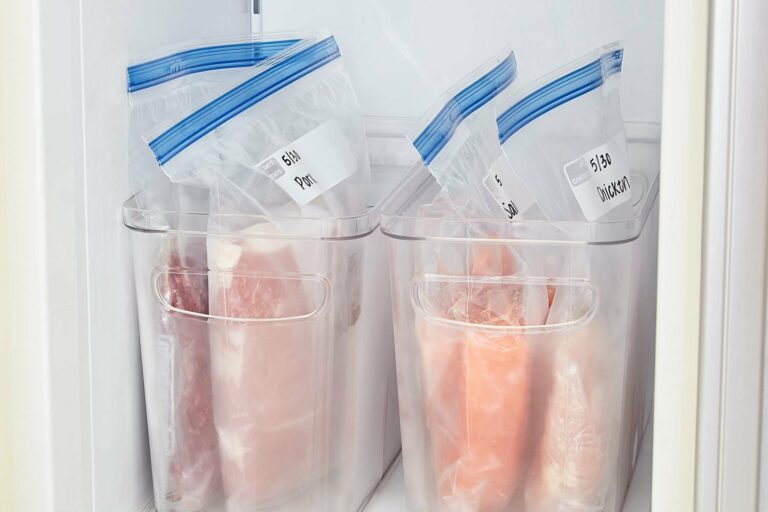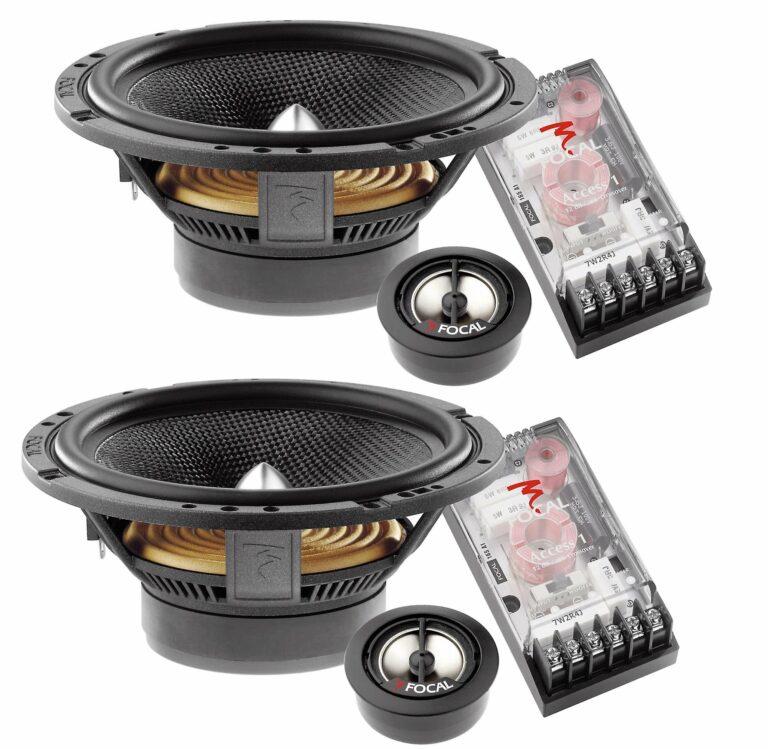Is Mold In A Water Bottle Harmful?
Curious about whether mold in a water bottle can pose any harm? Well, the short answer is yes, it can. But don’t worry, there’s a solution! Mold, a common type of fungi, thrives in moist environments—like a forgotten water bottle left for days. Now, you might be wondering, “Why is mold in a water bottle harmful?” The answer lies in the potential health risks associated with consuming or inhaling mold spores. In this article, we will delve into the dangers of mold in your water bottle and offer practical tips to keep your hydration habits safe and healthy. Let’s get started!
Is Mold in a Water Bottle Harmful?
Mold is a common issue that can occur in various places, including our homes, food, and even water bottles. When it comes to mold in a water bottle, many people wonder if it’s harmful. In this article, we will explore the topic of mold in water bottles in detail and address any concerns you may have.
The Basics of Mold Growth
Mold is a type of fungus that thrives in damp and dark environments. It reproduces by releasing tiny spores into the air, which can then settle and grow on different surfaces. It’s important to note that not all molds are harmful, but some can produce toxins called mycotoxins that can cause health issues.
1. How Does Mold Enter Water Bottles?
Mold can enter water bottles through various sources, such as:
- Contaminated water sources
- Improper cleaning and drying
- Leaving water bottles in warm and humid environments
- Using water bottles that have been stored for a long time
2. What Conditions Favor Mold Growth in Water Bottles?
Several conditions favor mold growth in water bottles, including:
- Moisture: Mold requires moisture to grow, so any residual water or condensation in the bottle can promote mold growth.
- Darkness: Exposure to light can inhibit mold growth, so storing water bottles in dark places can create a suitable environment for mold.
- Warmth: Mold thrives in warm temperatures, so leaving water bottles in hot environments can expedite mold growth.
The Potential Health Risks
1. Allergic Reactions
Exposure to mold spores can trigger allergic reactions in some individuals. Common symptoms of mold allergies include:
- Sneezing
- Coughing
- Runny or stuffy nose
- Watery eyes
- Skin irritation
2. Respiratory Issues
Inhaling mold spores can also lead to respiratory problems, especially for individuals with pre-existing conditions such as asthma or weakened immune systems. Some respiratory symptoms associated with mold exposure include:
- Wheezing
- Shortness of breath
- Chest tightness
- Coughing fits
3. Toxic Mold
Certain types of mold can produce mycotoxins, which are toxic substances that can have adverse effects on human health. Prolonged exposure to these toxins can lead to more severe symptoms, including:
- Headaches
- Dizziness
- Fatigue
- Memory problems
- Neurological issues
Prevention and Treatment
1. Prevention
Preventing mold growth in water bottles starts with proper care and maintenance:
- Wash water bottles regularly with hot, soapy water, and thoroughly rinse them.
- Avoid using abrasive materials that can scratch the bottle’s surface, as scratches can harbor mold.
- Ensure the bottles are completely dry before storing them.
- Avoid storing water bottles in warm and humid environments.
- Consider using a bottle brush to clean hard-to-reach areas.
2. Treatment
If you discover mold in your water bottle, here are some steps you can take:
- Discard any moldy water or liquid.
- Thoroughly clean the bottle using hot, soapy water.
- For stubborn mold, you can use a mixture of vinegar and water, or hydrogen peroxide diluted with water, to clean the bottle.
- Rinse the bottle thoroughly to remove any cleaning solution residue.
- Allow the bottle to dry completely before using it again.
While not all molds are harmful, some can pose health risks, especially if they produce mycotoxins. Preventing mold growth in water bottles through regular cleaning, drying, and proper storage can help minimize any potential health concerns. If you discover mold in your water bottle, it’s important to thoroughly clean and dry it before using it again. By taking these precautions, you can ensure the safety and quality of the water you consume from your bottles.
Reusable Bottles Unhealthy?
Frequently Asked Questions
Is mold in a water bottle harmful?
Mold in a water bottle can potentially be harmful to your health. Mold is a type of fungus that thrives in moist environments, and when present in a water bottle, it can contaminate the water you consume. Inhaling or ingesting mold spores can cause allergic reactions, respiratory issues, and even infections, especially for individuals with compromised immune systems. The toxins produced by certain types of mold can also lead to more severe health problems. It is important to clean and dry your water bottle regularly to prevent the growth of mold and ensure the safety of your drinking water.
How does mold develop in a water bottle?
Mold can develop in a water bottle when it is not properly cleaned and dried after each use. Warm and moist environments are ideal breeding grounds for mold growth. If residual moisture remains in a water bottle, especially in crevices or along the cap, it can create the perfect conditions for mold spores to multiply. Additionally, leaving a water bottle containing liquid for an extended period, such as overnight, can also contribute to mold development. Regular cleaning, thorough drying, and storing your water bottle in a well-ventilated area can help prevent mold growth.
What are the signs of mold in a water bottle?
There are a few signs that indicate the presence of mold in a water bottle. These include a musty or unpleasant odor coming from the bottle even after washing, visible black or green spots or discoloration on the inside of the bottle, or a slimy film on the surface of the water. If you notice any of these signs, it is essential to stop using the water bottle and clean it thoroughly to remove any mold and prevent further health risks.
How can I clean a water bottle with mold?
To clean a water bottle with mold, start by emptying any remaining liquid and rinsing it with hot water. Next, create a cleaning solution using a mixture of warm water and mild dish soap or a teaspoon of bleach diluted in a gallon of water. Scrub the interior of the water bottle thoroughly, paying extra attention to any areas where mold may be present. Rinse the bottle well to remove any cleaning solution residue. Finally, allow the water bottle to air dry completely before using it again to prevent mold from recurring.
Can mold in a water bottle be prevented?
Yes, mold growth in a water bottle can be prevented by following a few simple steps. First, clean your water bottle regularly using hot water and soap or a dishwasher if it is safe for the specific bottle. Ensure the bottle is completely dry before storing it, as mold thrives in moist environments. Consider using a bottle brush or a pipe cleaner to reach into hard-to-clean areas. Additionally, avoid leaving liquid in the bottle for extended periods, especially overnight. Storing your water bottle in a cool, well-ventilated area can also help prevent mold growth.
Is it safe to drink from a water bottle with mold if I clean it?
It is not recommended to drink from a water bottle with mold, even if you clean it. While thorough cleaning can remove visible mold, it may not eliminate all mold spores or toxins that could be present. Mold can penetrate porous materials, and there could be hidden areas that are difficult to clean. It is best to err on the side of caution and replace the water bottle to ensure you are consuming clean and safe drinking water. Regularly inspecting your water bottle for signs of mold and promptly replacing it when necessary is the safest option.
Final Thoughts
In conclusion, the presence of mold in a water bottle can indeed be harmful. Mold, which thrives in moist environments, produces spores that can cause allergic reactions, respiratory issues, and other health problems when ingested or inhaled. Additionally, mold can release mycotoxins, which are toxic substances that can pose risks to human health. It is crucial to regularly clean and disinfect water bottles to prevent the growth of mold. If mold is present, it is recommended to discard the bottle and replace it with a new, clean one. Prioritizing hygiene and keeping water bottles mold-free is essential for ensuring the safety of our drinking water.






